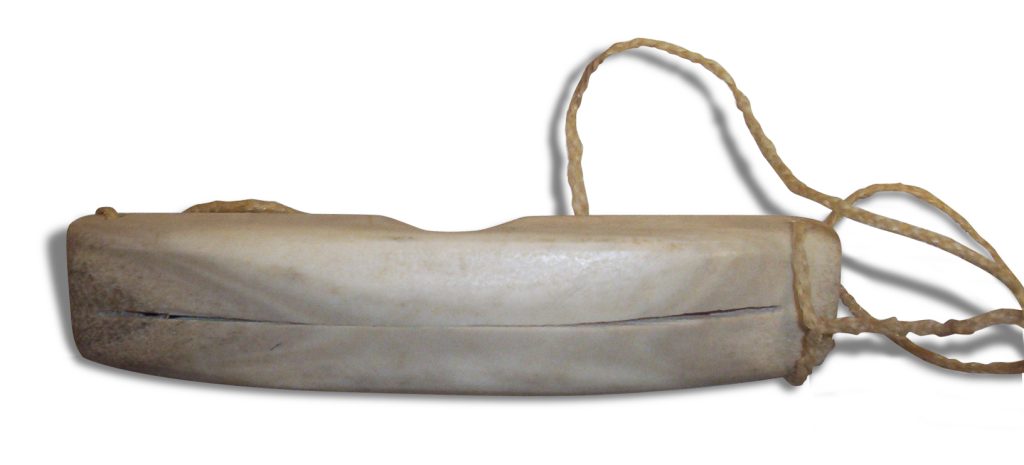15.1 Salts
Learning Objectives
By the end of this section, you will be able to:
- Define the term salt and identify common salts
- Explain how a salt is formed
Salts are found all around us as well as within the human body. In nature, these ionic compounds are abundant in rocks and minerals of the Earth’s mantel but also found in seawater and other bodies of water. We have already learned about salts when discussing ionic compounds. Salts are a chemical compound formed when ions form ionic bonds. In these reactions, one atom gives up one or more electrons, and thus becomes positively charged, whereas the other accepts one or more electrons and becomes negatively charged; overall the ionic compound has no net charge. Salts typically are crystalline, odourless, colourless/transparent or white, and have high melting and boiling points. As we learned in the previous chapter on solutions, many salts are soluble in water; however, some are not. If a given salt is soluble in water, it completely dissociates into ions other than a hydrogen ion (H+) or hydroxide ion (OH–) and forms an aqueous solution. This fact is elemental in distinguishing salts from acids and bases. Salts are derived from the neutralization reaction of an acid and base. Since acids and bases always contain either a metal cation or a cation derived from ammonium (NH4+) and a nonmetal anion, the two can combine to form a salt. For instance, when you mix aqueous solutions of hydrochloric acid and sodium hydroxide, aqueous sodium chloride and water are formed.
HCl(aq)+NaOH(aq) → NaCl(aq)+H2O(l)
If the aqueous solution of sodium chloride undergoes a distillation process, a solid, crystalline NaCl salt would remain. Concepts related to acids and bases will be discussed in more detail in the next chapter.
A common salt, NaCl, also known as table salt, dissociates completely in water (Figure 15.1a). The positive and negative regions on the water molecule (the hydrogen and oxygen ends respectively) attract the negative chloride and positive sodium ions, pulling them away from each other. Non-polar and polar covalently bonded compounds break apart into molecules in solution; however, salts dissociate into ions. These ions are electrolytes, which will be discussed in the next section. This ionic property is critical to the function of ions in the human body when transmitting nerve impulses and prompting muscle contraction.
- Na2CO3 (sodium bicarbonate): Baking soda
- MgSO4 (magnesium sulfate): Epsom salt
- Fe2O3 (iron (III) oxide): Rust
- KNO3 (potassium nitrate): component of crop fertilizer, used in rocket propellants, fireworks, gunpowder
Indigenous Perspective: Bone
Bone has two components: organic matter (which is mostly Type I collagen) and about 70% inorganic matter. The inorganic material of bone consists of calcium phosphate mineral crystals known as hydroxyapatite, Ca5(PO4)3(OH). This mineral is embedded throughout the organic bone matrix to give bone its structural stability and strength.
One of the composite materials traditionally important to Inuit has been bone. This comes from a variety of natural sources, including caribou antler and walrus tusk. An important use of this strong carvable material is in snow goggles, called ilgaak or iggaak. Wearing these human-made goggles are invaluable in preventing snow blindness (Rayner-Canham et al., 2016, Composite Materials section).

Not only are salts crucial compounds necessary for sustaining life, but they are also invaluable constituents of chemical reactions that occur around us on a daily basis.
Watch What are Salts? (5min 9s).
Video Source: Fuse School (2015, Dec 4). What are Salts? [Video]. YouTube.
Attribution & References
Except where otherwise noted, this section is adapted by Jackie MacDonald from “2.4 Inorganic Compounds Essential to Human Functioning” In Anatomy and Physiology 2e (Open Stax) by J. Gordon Betts, Kelly A. Young, James A. Wise, Eddie Johnson, Brandon Poe, Dean H. Kruse, Oksana Korol, Jody E. Johnson, Mark Womble, Peter DeSaix is licensed under CC BY 4.0. Access for free at Anatomy and Physiology 2e (OpenStax). / Adaptations and additions to content was updated for student comprehension.
References
Rayner-Canham, G., Taylor, R., & Lee, Y.-R. (2016, February). Making chemistry relevant to Indigenous Peoples. Chem 13 News Magazine. Retrieved December 15, 2022, from https://uwaterloo.ca/chem13-news-magazine/february-2016/feature/making-chemistry-relevant-indigenous-peoples
Ionic compound that can be formed by the reaction of an acid with a base that contains a cation and an anion other than hydroxide or oxide. A neutral chemical compound held together by an ionic bond consisting of positively charged cations and negatively charged anions.

